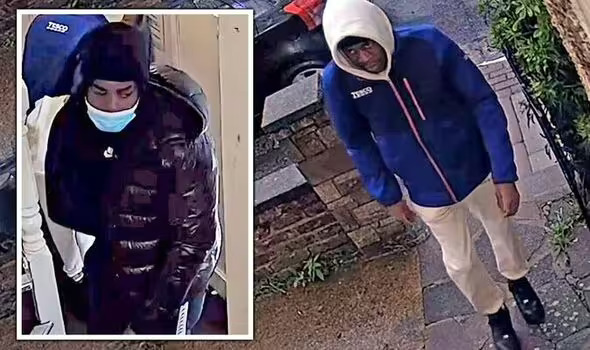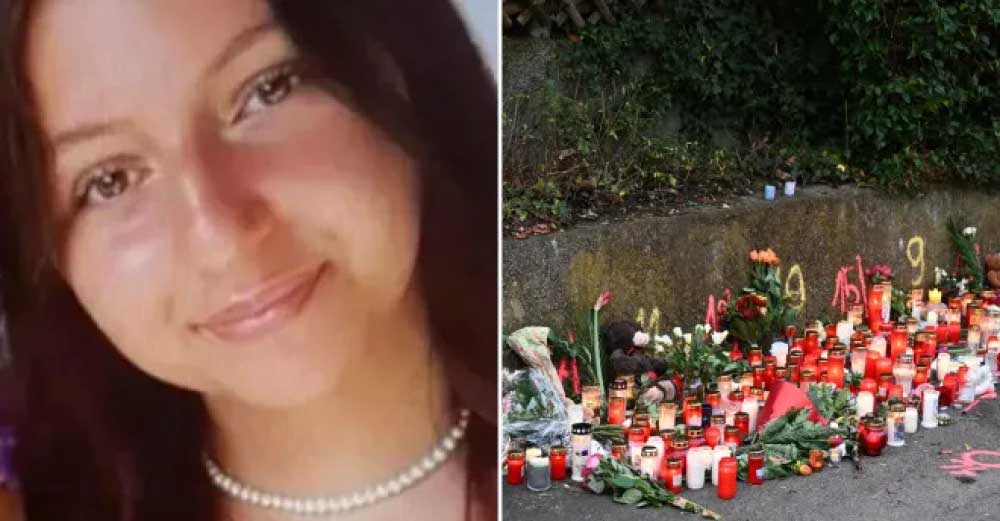Race in Prison
I grew up in the 1980s and lived in several different places around the US and Europe. The racially-based problems we are seeing in Europe today did not exist when I lived there, but certainly did in the US. However, that is not when I became racially aware.
A few years ago, I spent a couple years in federal prison. I had never been in trouble before, and had always been involved in the community through volunteering. While volunteering in some of the toughest neighborhoods in the country, I thought I got to know the black community well; and, even though their neighborhoods were the most violent, I met some decent non-whites who wanted to improve the world.
Things were different in prison. I am of European and American Indian descent. When I was sentenced, I was entered into the system as an American Indian. I did not think that this would mean much, but, when I went in, it determined the course of my life for the next two years. Since the inmates check on people (by looking up their inmate number through family/friends on the outside), I was granted access to non-white spaces. The things I heard there sickened me.
What made me realize the importance of race was the way non-white inmates talked about whites. I heard blacks brag about gang raping, serial raping, and generally brutalizing white women. I heard them fantasize about the ways in which they would degrade and kill white women — and men. Most of their hatred, though, was directed towards white women. They shared fantasies about demeaning and exploiting them. What was even worse, is that many of them either were, or had been, “romantically involved” with white women. Having a white daughter, this sickened me. When I told them that, they laughed and said that I should keep her away from them.
The pure animalistic hatred I saw in so many blacks and Hispanics was almost always about race. Meanwhile, the white and Asian inmates were the least involved in the prison’s criminal activity and the least tribal. My assessment of the different groups, in brief, is as follows:
- Blacks: Violently racist, even going so far as to “discipline” (beat down) other blacks if they participated in activities that were normally not done by blacks, such as playing frisbee, which was considered a “white thing to do.”
- Hispanics: These were broken down into several groups, such as the Norteños, Soreños, and Paisas. They were generally okay with other races, as long as you stayed away from them. However, they would get extremely violent if anyone got in their way. I once saw 50 Paizos beat a white guy just because he protected himself from another Hispanic inmate.
- Islanders: Hearts of gold, as long as you were on their good side. Once a person crossed an Islander, they were in trouble. Islanders do not forget and can be tremendously violent. They were also involved in every illegal prison enterprise (drug/alcohol sales, contraband, etc.).
- American Indians: They tended to stay away from other groups. There were not many in prison, so it was difficult to maintain a tough presence and, more often than not, they were teamed up with the Islanders.
- Jews: They had the most connections and caused the system the most problems. As soon as there was a perceived slight, they would play the victim card and dozens of lawyers would visit the prison on their behalf. There weren’t many Jewish inmates, but all of them seemed to be able to get help from outsiders with just a phone call.
- Asians: Probably the quietest group in prison. My interactions with them were few and far between as they tended to isolate from everybody else.
- Whites: Even though I was part of the American Indian group, they were always accommodating. They let pretty much anyone join them in their TV room, as long as you observed their rules. Some of them were white supremacists, but most were white collar, quiet individuals. Even the thugs were mostly respectful.
After I was released from prison, I told my family and friends about what I had witnessed and heard. To this day, I warn white family members and friends about dating blacks, or allowing their children to do so. I tend to think like Mohammed Ali now, when he stated in an interview that he wanted his children to look like him and that every sane couple should want the same.
This experience completely changed my world view and put the recent racial clashes in perspective. I wanted to tell my story in order to let white people know that there are large groups of people that hate you. Be aware and be careful.
Attempted Mugging in London Hyde Park
Not long after 9-11 in 2002 I was walking around the perimeter of Hyde Park in London, not far from Hyde park Mosque which I had passed previously and noted there were two Police Officers standing outside it guarding against revenge attacks for the Terrorist attack.
Mugged by Black Males and threatened with a stabbing in Brighton
In the early 2000s I was living in Brighton and walking home in the early hours one summer night walking through the South Laines down a pedestrianised Street in the City centre.
What a Japanese Teacher Learned at an American School
"Black males think they are entitled to all women"
I tried teaching American black children for three years. I am Japanese and was used to Japanese schools — the only American school I had ever been to before my teaching career was a university. For three years, I tried to make it work at my loathsome ghetto school. The last straw was when a black “fellow” teacher tried to rape me.
The Attack on My Daughter
"One of them dragged my daughter by her hair while the others punched and kicked her"
My oldest daughter and her five friends (every single one of them student athletes from good families) were staying at a condo in Seaside Park and went to the boardwalk for fried Oreos at 10:30 PM at night. They were maliciously and brutally attacked by a pack of vicious blacks. One of them dragged my daughter by her hair while the others punched and kicked her. Her friends, outnumbered and “out streeted” got much the same. All of them had their phones stolen. When the attackers were caught, we learned that all of them had criminal pasts and prior records.



